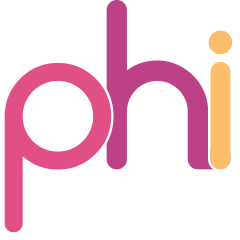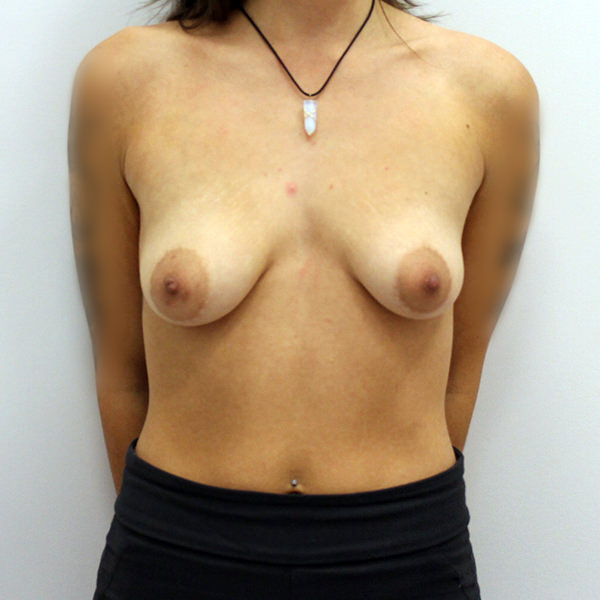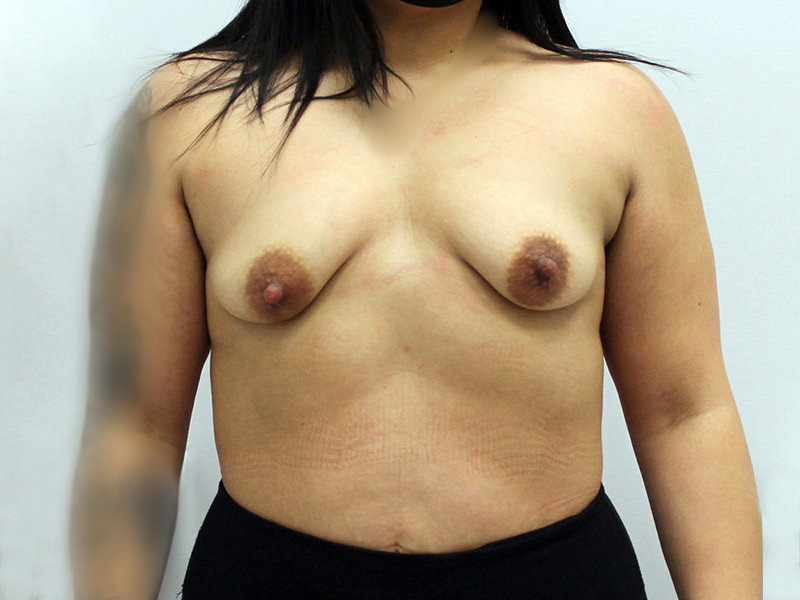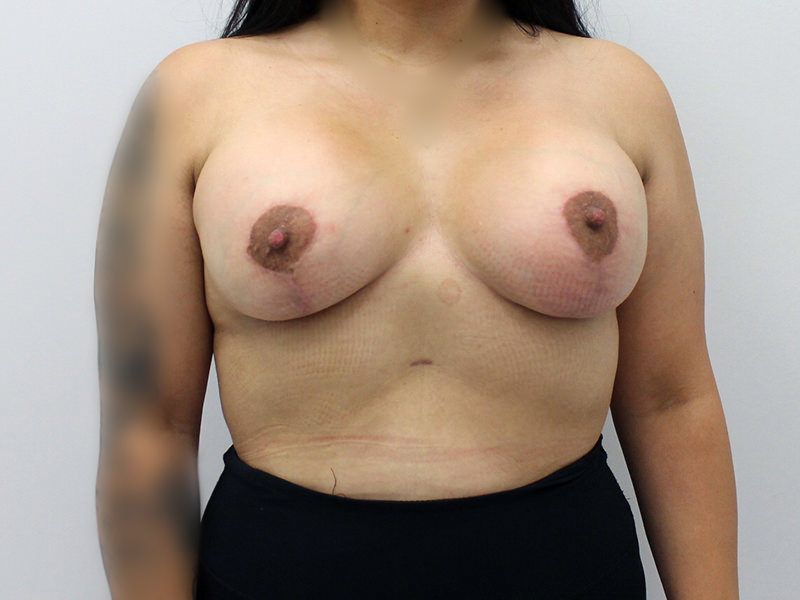Breast shape, size and symmetry play an important role in a woman’s sense of femininity, and confidence. Tuberous breasts are a common developmental condition that can have a variety of presentations. Tuberous breast deformities vary widely and often include asymmetry as well as herniation of the areola.
This breast shape becomes evident during the early phases of puberty and breast development. Tuberous breasts can profoundly influence the psychosocial well-being and sexuality of young women.

 PLASTIC
PLASTIC



